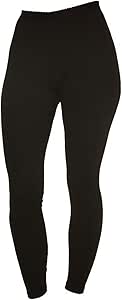In the high-stakes world of emergency medical services (EMS), every second counts. Paramedics and EMTs are often the first responders in critical situations, and their ability to make quick, informed decisions can mean the difference between life and death. One of the essential tools that facilitate such rapid decision-making is the drug card. This article explores the significance of drug cards in EMS, examining their role in enhancing patient care, improving response times, and ensuring safety and efficiency in drug administration.
Understanding Drug Cards
Drug cards are concise, portable reference tools that provide crucial information about medications commonly used in emergency settings. They typically include details such as:
- Drug name
- Indications for use
- Dosage guidelines
- Routes of administration
- Potential side effects
- Contraindications and special considerations
These cards can be physical or digital, with many EMS systems moving towards electronic formats that can be easily updated. The accessibility and portability of drug cards make them invaluable in the fast-paced environment of emergency care.
Enhancing Patient Care
One of the primary roles of drug cards in EMS is to enhance patient care. When paramedics encounter patients with complex medical histories or multiple medications, drug cards help them make informed decisions quickly. Here are some ways drug cards contribute to improved patient care:
1. Quick Reference
Drug cards provide immediate access to critical information, allowing paramedics to verify medication details and administer the correct treatment without delay. This is particularly important in emergencies where every second matters.
2. Reducing Errors
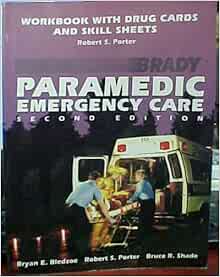
Medication errors can have dire consequences. A study published in the American Journal of Emergency Medicine found that medication errors in EMS can occur at rates as high as 20%. Drug cards help mitigate this risk by:
- Providing a standardized reference for drug dosages and indications.
- Reminding providers of potential side effects and contraindications.
3. Educating Providers
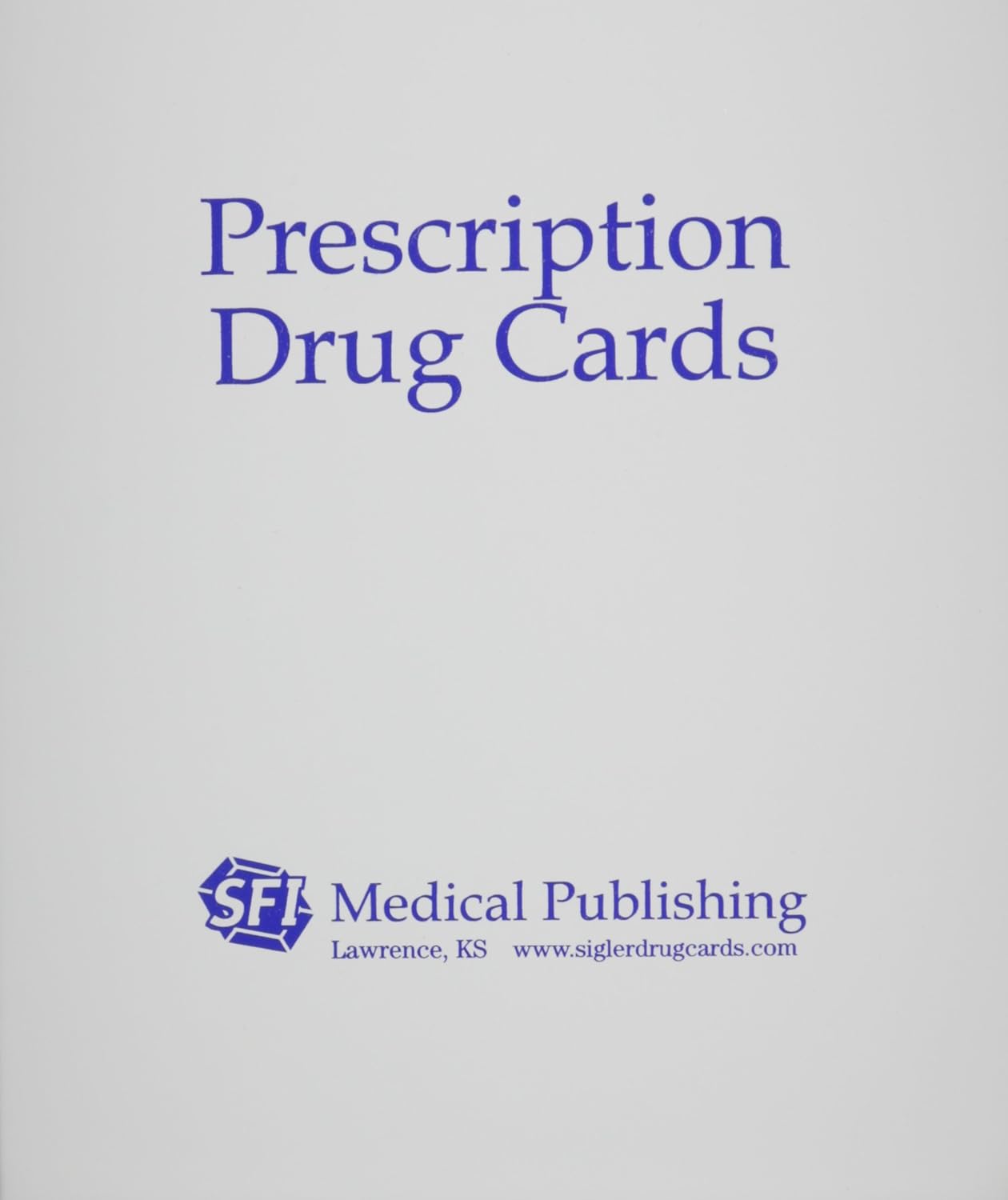
Drug cards serve as valuable educational tools for EMS personnel, especially for those who are newly certified or in training. By regularly consulting drug cards, providers reinforce their knowledge of pharmacology and best practices for medication administration.
Improving Response Times
In emergency situations, the ability to act swiftly and decisively is paramount. Drug cards streamline the decision-making process, contributing to faster response times in several ways:
1. Standardization of Protocols
Drug cards promote standardization in medication administration protocols. When all EMS personnel follow a consistent approach, it reduces confusion and facilitates quicker action during emergencies.
2. Familiarization with Medications
Regular use of drug cards allows EMS providers to become familiar with the medications they are likely to encounter in the field. This familiarity can lead to:
- Better recall of drug information under pressure.
- Reduced time spent searching for information during critical moments.
3. Simplifying Communication
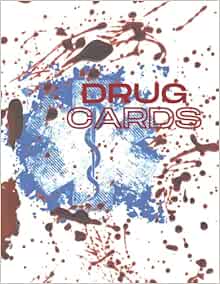
Effective communication among team members is crucial in emergency situations. Drug cards provide a common reference point that can help ensure that all team members are on the same page regarding medication administration.
Ensuring Safety and Efficiency
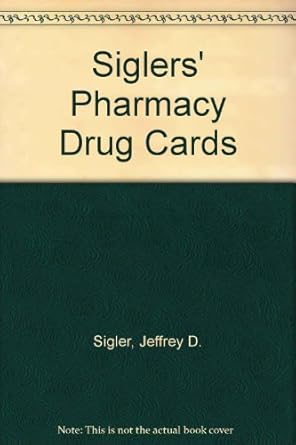
Safety is a top priority in EMS, and drug cards play a vital role in ensuring that medications are administered safely and efficiently:
1. Preventing Adverse Reactions
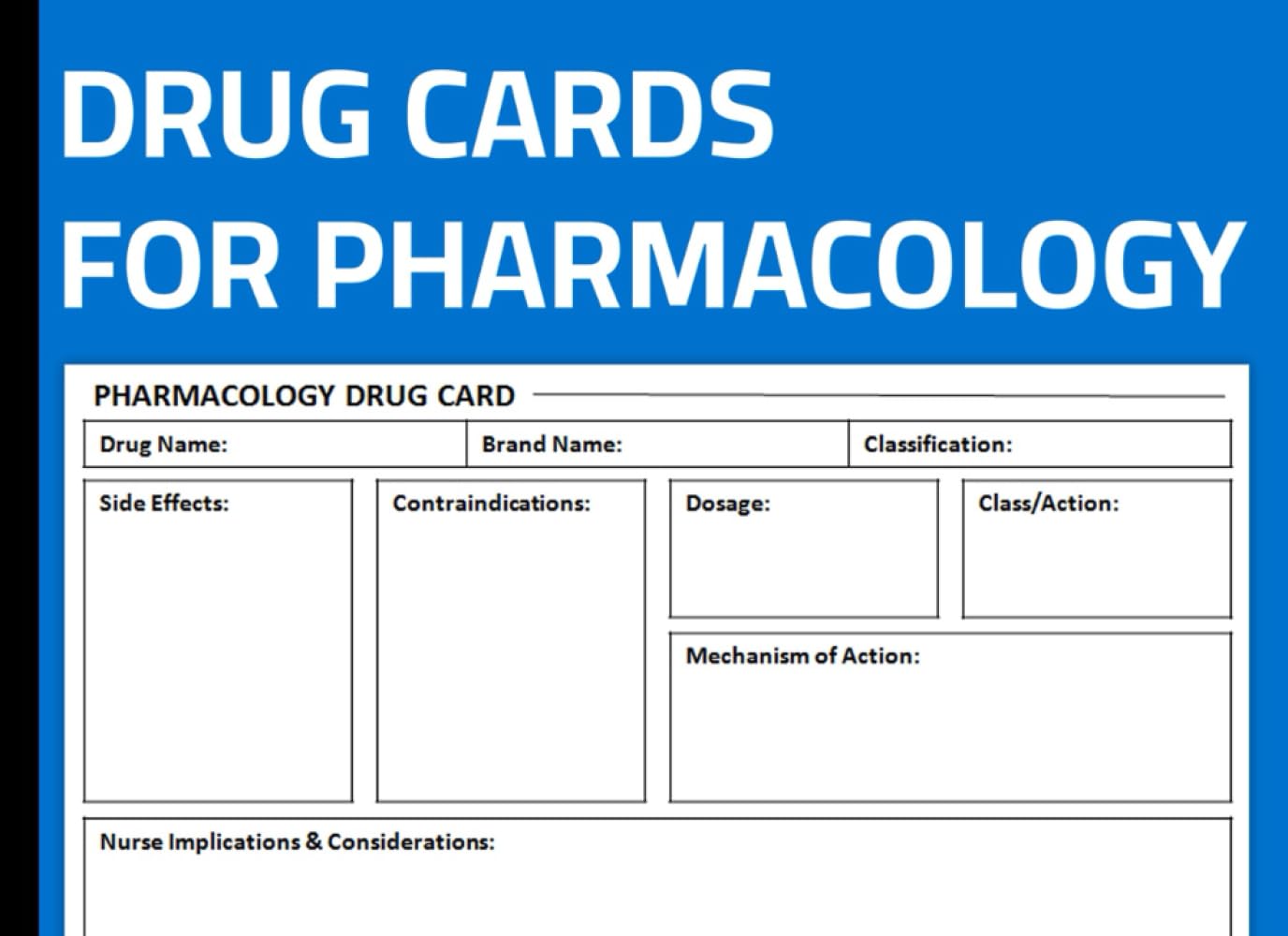
Drug cards often include information about potential drug interactions and adverse reactions. This is especially important for patients who may be taking multiple medications or have underlying health conditions. For example:
- A patient with a history of asthma may require a bronchodilator, but the paramedic must ensure it does not interact with other medications the patient is taking.
- Drug cards can help identify contraindications, allowing for safer medication administration.
2. Documentation and Accountability

Many EMS systems require documentation of medications administered, and drug cards can aid in this process. By providing a clear reference for what was given and why, they help ensure accountability and transparency in patient care.
3. Continuous Quality Improvement
Drug cards can also be used as a tool for continuous quality improvement in EMS. By regularly reviewing medication administration practices, EMS agencies can identify areas for improvement and update drug cards accordingly.
Case Studies and Real-World Examples
Several studies and real-world examples underscore the importance of drug cards in EMS. For instance, a 2021 study conducted by the National Association of Emergency Medical Technicians (NAEMT) found that agencies that incorporated standardized drug cards reported:
- A 30% reduction in medication errors.
- Improved response times, particularly in high-pressure scenarios.
Another example comes from a large urban EMS system that implemented digital drug cards. Following the transition, the agency reported a significant increase in provider confidence, as well as a decrease in time spent on medication verification during calls.
The Future of Drug Cards in EMS
As technology advances, the future of drug cards is likely to evolve. Digital formats offering interactive features, such as:
- Real-time updates on drug interactions and recalls.
- Cumulative patient data integration for personalized care.
These innovations could further enhance the efficacy of drug cards in emergency medical services, ultimately leading to improved patient outcomes.
The importance of drug cards in emergency medical services cannot be overstated. They serve as vital resources that enhance patient care, improve response times, and ensure the safety and efficiency of medication administration. By providing quick access to essential drug information, drug cards empower EMS providers to make informed decisions in high-pressure situations. As EMS continues to evolve, embracing technology and innovative practices will further enhance the role of drug cards, ultimately leading to better patient outcomes. In a profession where every second counts, drug cards are not just helpful—they are essential.


